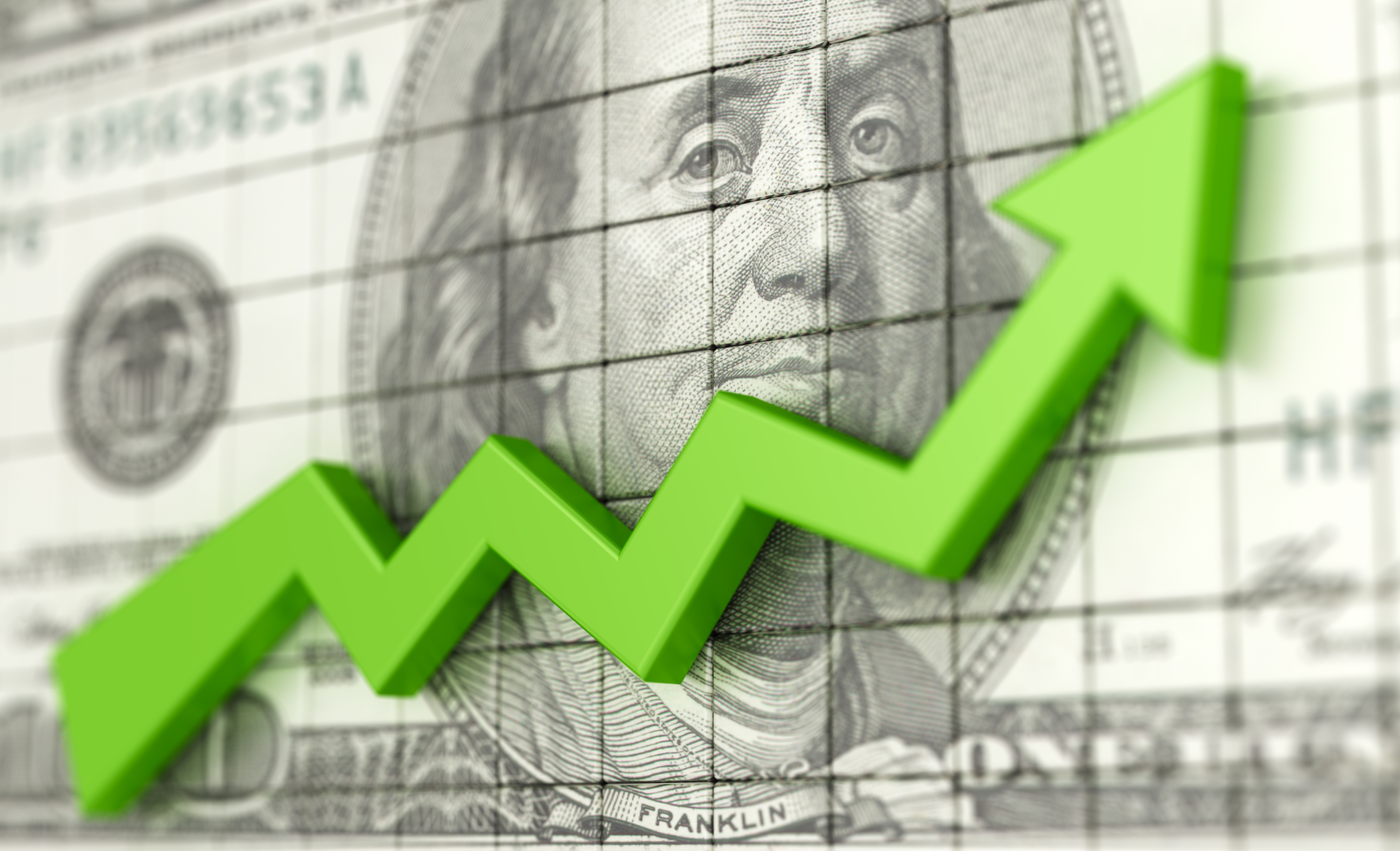Prediction: 1 AI Stock Will Be Worth More Than Nvidia and Palantir Technologies Combined by 2030 | The Motley Fool
作者:Trevor Jennewine
Nvidia (NVDA -0.42%) stock has returned 29% this year, and its market value currently stands at $4.2 trillion. Meanwhile, Palantir (PLTR -0.34%) shares have advanced 104%, and its market value currently stands at $360 billion. That brings their collective valuation to $4.5 trillion.
I think Amazon (AMZN 0.97%) can surpass that figure in no more than five years. The company is currently worth $2.3 trillion, so the stock would need to advance 100% for Amazon to achieve a market value of $4.6 trillion. Here's why that seems likely.

Image source: Getty Images.
Amazon has a strong presence in three growing industries
Amazon has a strong presence in e-commerce, digital advertising, and cloud computing, and all three markets are projected to grow quickly in the next few years. Details are provided below:
- Amazon runs the largest e-commerce marketplace in the world in terms of revenue and the most popular in terms of web traffic. Despite its dominance, the company is growing faster than the industry average and is projected to gain market share through 2027.
- Amazon is the third largest ad tech company in the world as measured by sales due to its ability to engage shoppers. It is also the largest retail media advertiser, the fastest-growing category of the broader digital advertising market, so the company is gaining share rapidly.
- Amazon Web Services (AWS) is the largest public cloud as measured by infrastructure and platform services sales. With more customers and partners than its peers, AWS is uniquely positioned to monetize demand for artificial intelligence (AI) services.
Through 2030, Grand View Research estimates that online retail sales will increase at 11% annually; ad tech sales will grow at 14% annually; and cloud-computing sales will increase 20% annually. That sets Amazon on track for double-digit annual revenue growth through the end of the decade. But investors have reason to believe earnings will increase more quickly than revenue.
Amazon's AI innovations should result in greater profitability
Amazon has built over 1,000 generative AI applications to make its retail business more efficient, including tools to optimize inventory placement, demand forecasting, and last-mile delivery routes. The company has also debuted an AI model that makes its robot fleet smarter, and it's building another generative AI model that will let warehouse workers engage fulfillment robots in natural language.
Additionally, Amazon is reportedly developing generative AI software for humanoid robots with the initial goal of assisting delivery drivers. The company wants humanoid robots to ride alongside humans in its electric vans and carry packages to doorsteps. Eventually, the entire process could be automated because Amazon is also developing robotaxis through its autonomous-driving subsidiary Zoox.
Meanwhile, Amazon is also working with AI to make developers more productive in its cloud-computing division. AWS last year said its developer team used its generative AI assistant Amazon Q to upgrade tens of thousands of production applications. Doing so let the team accomplish in minutes tasks the would have taken days, saving the company $260 million, according to CEO Andy Jassy.
Morgan Stanley analyst Brian Nowak recently said Amazon is "one of the companies best positioned to deliver material financial return from physical AI and robotics" in the next few years. He estimates costs related to shipping and fulfillment currently consume about 36% of retail revenue, so the company should become increasingly profitable as it takes steps to automate those workflows.
Why Amazon could be a $4.6 trillion company by 2030
Amazon shares currently trade at 36 times earnings, a reasonable valuation for a company whose earnings are forecast to grow at 18% annually over the next three to five years. If Amazon meets that consensus, its market value can double to hit $4.6 trillion by 2030, while its valuation falls to 31 time earnings. In that scenario, Amazon in five years would be worth more than Palantir and Nvidia's combined market values today.
John Mackey, former CEO of Whole Foods Market, an Amazon subsidiary, is a member of The Motley Fool's board of directors. Trevor Jennewine has positions in Amazon, Nvidia, and Palantir Technologies. The Motley Fool has positions in and recommends Amazon, Nvidia, and Palantir Technologies. The Motley Fool has a disclosure policy.
关于《Prediction: 1 AI Stock Will Be Worth More Than Nvidia and Palantir Technologies Combined by 2030 | The Motley Fool》的评论
暂无评论
发表评论
摘要
相关讨论
- Global Recycled Polyester Staple Fiber Market Booms Amid Growing Demand for Sustainable Textiles
- Global Neck Cream and Mask Sales Market Surges with Demand for Targeted Skincare Solutions and Anti-Aging Innovations
- telecommunication jobs at freelance marketplace
- 刚起床就发现APP review被rejected了 不是个好兆头啊..(顺便求助)
- 人工智能应该被政府管制么?
